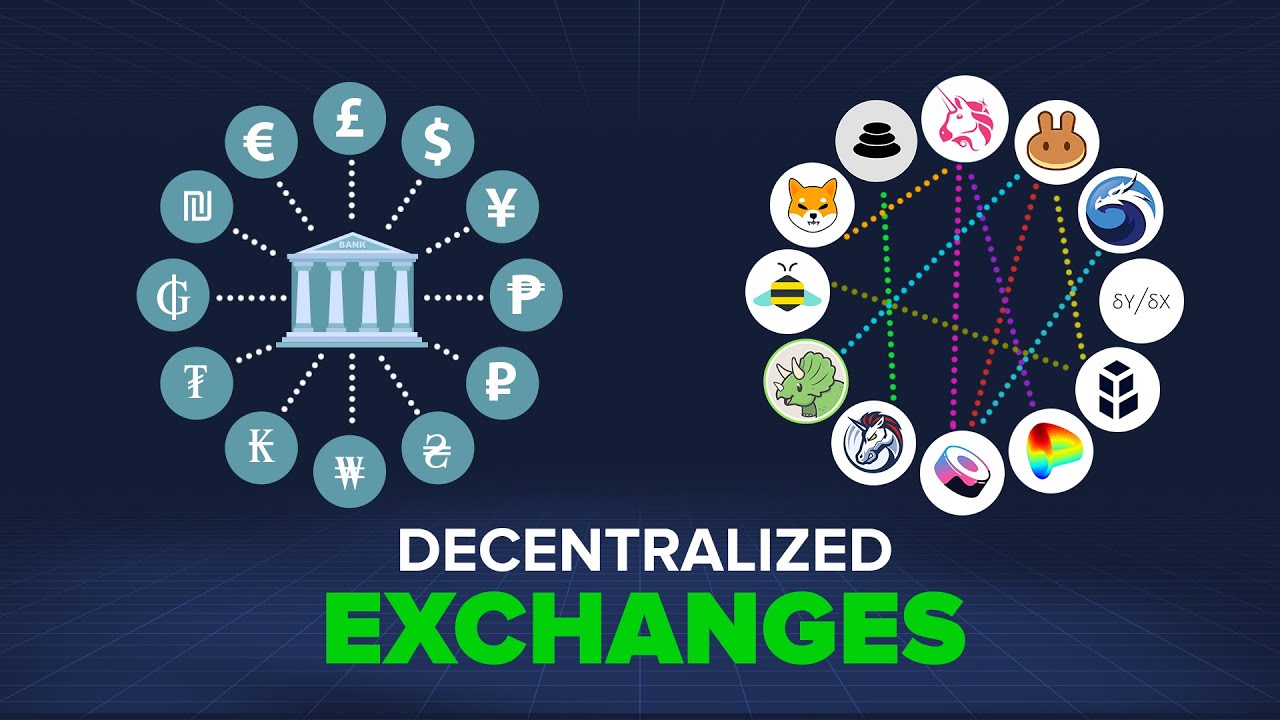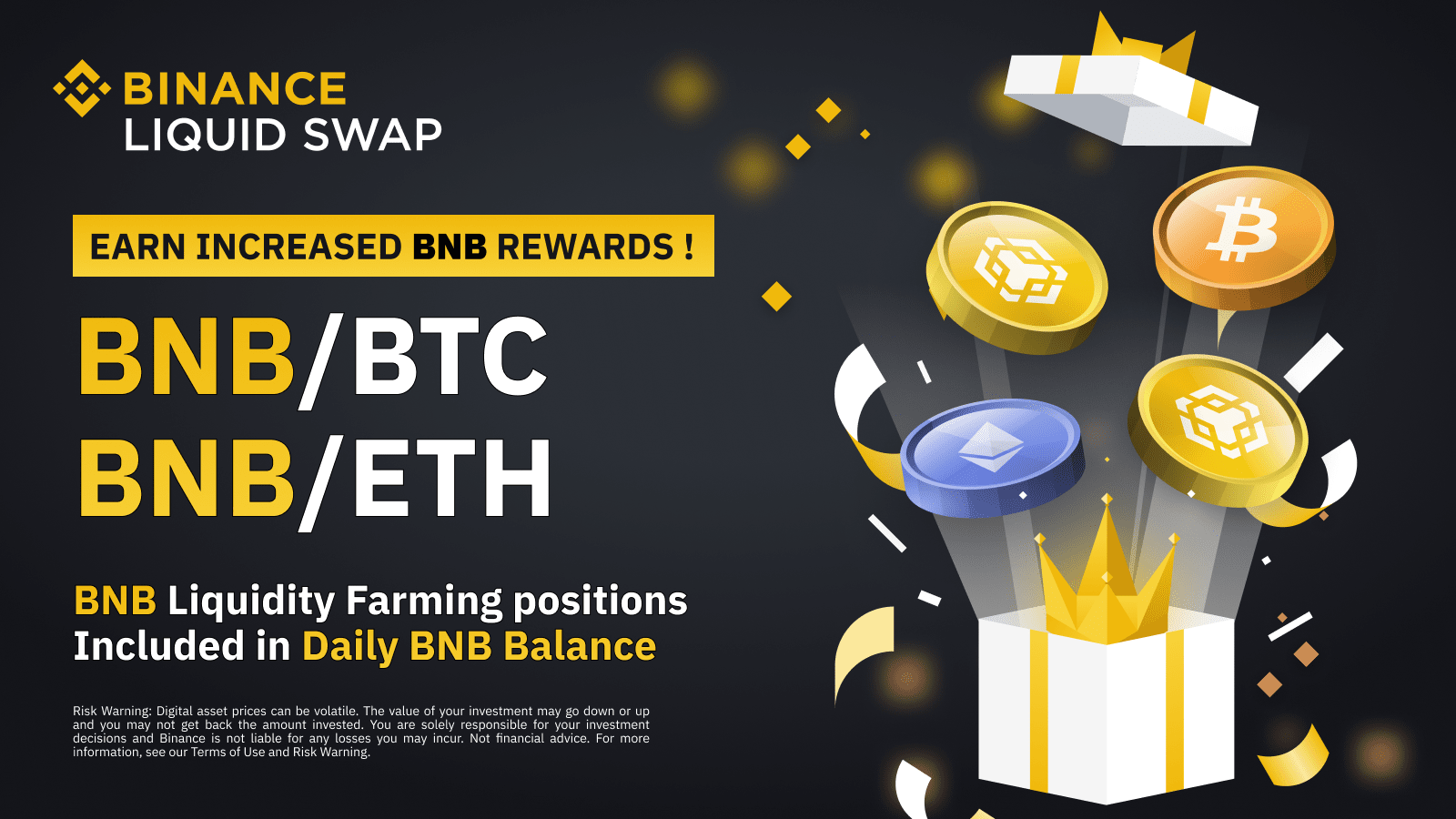
Decentralized Finance (DeFi) has ushered in a new era of financial innovation, and at the heart of this revolution are liquidity pools. Understanding the basics of liquidity pools is crucial for anyone looking to participate in DeFi and take advantage of its opportunities.
What are Liquidity Pools in Crypto?
Liquidity pools in crypto are smart contract-based pools of funds that are hosted on DeFi exchanges or other DeFi platforms. They differ from traditional financial systems in only one manner, which is the defining characteristic of the DeFi platform: decentralization.
Liquidity is a crucial element in cryptocurrency and traditional financial markets, facilitating the swift and efficient conversion of assets into cash while mitigating significant price fluctuations.
When an asset lacks liquidity, converting it into cash is prolonged, and there is a risk of encountering slippage, which is the disparity between the intended selling price of an asset and the actual price at which it is sold.
Liquidity pools are instrumental in establishing a liquid decentralized finance (DeFi) ecosystem, contributing significantly to the seamless conversion and trading of assets within this decentralized financial framework.
Essentials of Liquidity Pools in Crypto
Unlike traditional financial systems that provide liquidity after going through a channel of centralized entities, liquidity pools operate decentralized.
The participants of these pools, known as liquidity providers, are responsible for contributing funds to these pools, enabling users to trade various assets on the platform seamlessly.
Liquidity providers are among the most important contributors to the concept of a liquidity pool because they are the parties responsible for ensuring that a decentralized platform has ample funds for trading.
They deposit pairs of assets into the pool, creating trading pairs like ETH/USDT or DAI/USDC. The process allows users to swap between different assets directly on the blockchain without relying on any centralized intermediary, keeping accurate to decentralization’s core characteristic.
The rise in the popularity of decentralized exchanges (DEXs) like Uniswap and SushiSwap has played a significant part in the growing popularity of liquidity pools. These platforms use algorithms like automated market makers (AMM) to facilitate trades between liquidity pools.
Automated Market Maker (AMM) is a decentralized trading algorithm that facilitates automatic asset swaps in liquidity pools, eliminating the need for traditional order books.
Liquidity providers contribute funds to these pools, and in return, they earn fees for providing these services. The AMM algorithm dynamically adjusts asset prices based on the supplied liquidity, enabling decentralized and continuous trading.
One of the critical benefits of liquidity pools is that they enable everyone, irrespective of their background or financial status, to participate as liquidity providers in the DeFi ecosystem. In return for providing their services, they earn a share of the trading fees generated on the platform.
Such inclusion cannot be achieved in the traditional financial system, where participation as a liquidity provider is limited only to institutional players.
How do Liquidity Pools Work?

Now that we have covered liquidity pools let’s examine how they work. We have already covered the information regarding what automated market markers (AMM) are. The liquidity pools operate on the principles of AMMs, which provide decentralized and efficient methods for users to trade their assets directly on the blockchain networks.
We also know liquidity providers’ role in providing trading pairs for users to trade with. The trading pairs they provide must have equal value for both assets, essential for balanced representation.
Understanding the inner workings of liquidity pools is essential for navigating the decentralized finance landscape. Liquidity pools operate on automated market makers (AMMs) principles, providing users with a decentralized and efficient way to trade assets directly on blockchain networks.
Let’s consider an example with the ETH/USDT liquidity pool. A liquidity provider might contribute $1,000 worth of ETH and $1,000 worth of USDT to the pool. In this scenario, the total liquidity in the pool would be $2,000, with each asset contributing an equal value of $1,000.
The balanced representation allows users to trade ETH for USDT or vice versa based on the current exchange rate determined by the automated market maker algorithm.
Users must pay a certain fee if they wish to engage in trades within the liquidity pool, and the liquidity providers earn a share of these trading fees. The fee size is proportional to their contribution to the liquidity pool.
Constant Product Formula
AMMs rely on a mathematical formula known as the constant product formula. The formula ensures that the product of the quantities of both assets in the pool remains constant.
When users trade, the price impact is determined by the ratio of the traded amounts and the total pool size. The mechanism helps maintain liquidity and stability in the pool.
Loss Considerations
Liquidity providers need to be aware of impermanent loss, a concept where the value of their assets may fluctuate compared to holding them outside the pool.
Impermanent loss occurs due to price changes in the assets when they are in the pool. While impermanent loss is a risk, the potential rewards from trading fees can give liquidity providers some relief as they can recover from the losses with the help of fees they gain from providing their services.
Choosing a Platform and Connecting a Wallet

After establishing our base on liquidity pools and how they function, it is time to look at platforms where you can participate as a liquidity provider or benefit from the platform’s services.
Selecting the right platform is a crucial step for individuals who are participating as liquidity providers. There are numerous decentralized exchanges and defi platforms that offer liquidity pool services. Your selection is based on your requirements from certain exchanges, which we will discover below.
Begin by exploring well-established DEXs like Uniswap, SushiSwap, PancakeSwap, and others. Consider user interface, community reputation, and various supported assets and pools.
Each platform has unique features and may operate on different blockchain networks, so choose one that aligns with your preferences and the assets you wish to provide liquidity.
You must conduct thorough research on the selected platform before committing funds to the exchange.
Look into the platform’s security measures, history of past incidents, and community feedback. Security is paramount in DeFi, and choosing a reputable platform enhances the safety of your funds.
You must also be aware of the regulatory reputation of the exchange, meaning that it complies with all the regulations set forth by the respective financial authorities in the jurisdiction in which they operate.
Connecting Your Wallet

Once you’ve chosen a platform, the next step is to connect your wallet. Most decentralized exchanges support popular wallet extensions like MetaMask or Trust Wallet.
Install the wallet extension of your choice, create or import your wallet, and connect it to the chosen platform. The connection facilitates smooth interaction with the platform while ensuring the security of your private keys.
Be aware of the risks associated with each platform. Some platforms may have higher fees, while others might be more susceptible to smart contract vulnerabilities. Consider these factors, along with the terms and conditions of the chosen platform, before you start an activity on the platform.
Also, stay up to date with all the latest developments on the chosen platform, which may include adding new features, upcoming updates related to the features provided by the platform, and any regulatory changes coming your way.
Proactively staying updated will contribute to a safer and more rewarding liquidity provision experience. With your wallet connected and your platform chosen, you can move forward.
Steps to Add Liquidity and Earn Rewards

Now that you’ve chosen a platform and connected your wallet let’s dive into the practical steps of adding liquidity to a pool and reaping the rewards of being a liquidity provider.
Navigate to the liquidity pool section upon entering your decentralized exchange or DeFi platform. It is this section where you’ll find a list of available pools, each representing a unique asset pair. Take a moment to explore the options and select a pool that aligns with your investment strategy.
Selecting an Asset Pair and Providing Liquidity
Once you have selected the liquidity pool option, choose the asset pair you want to provide liquidity. For example, if you hold both ETH and USDT, you can contribute an equal value to the ETH/USDT liquidity pool. Enter the desired amount, and the platform automatically calculates the equivalent value in both assets.
Receiving LP Tokens
In return for your contribution to the liquidity pool, you’ll receive LP (Liquidity Provider) tokens. These tokens represent your share of the pool and your entitlement to a portion of the trading fees. The LP tokens are a contribution receipt and can be stored in your wallet.
Monitoring Rewards and Accumulation
As users trade within the liquidity pool, you’ll accumulate rewards as additional tokens. These rewards are a result of the trading fees generated by the platform. Monitor the growth of your rewards, as they directly correlate with the trading activity in the pool.
Claiming or Reinvesting Rewards
Depending on the platform, you can manually claim or reinvest your rewards. Reinvesting can compound your returns over time, leading to increased holdings in the liquidity pool. Evaluate the pros and cons of each approach based on your financial goals.
While participating in liquidity pools can be lucrative, staying informed about market changes is essential. Be aware of potential impermanent loss and adjust your strategy accordingly. Keep an eye on the assets within the pool and make informed decisions based on market trends.
Managing and Withdrawing Liquidity
As a liquidity provider, actively managing your position within a liquidity pool is crucial for optimizing returns and minimizing risks. Understanding how to navigate impermanent loss and strategically withdrawing liquidity when needed ensures a well-rounded approach to your decentralized finance journey.
Constantly evaluate the performance of the assets in the liquidity pool. Consider adjusting your position if market conditions change significantly. Some liquidity providers rebalance their portfolios periodically to mitigate impermanent loss and adapt to evolving market dynamics.
Impermanent loss occurs when the liquidity pool assets’ value fluctuates compared to holding them individually. While it is an inherent risk, staying informed about market trends and adjusting your liquidity provision strategy can help mitigate potential losses.
Withdrawing Liquidity
When you withdraw your funds from a liquidity pool, navigate to the platform’s interface and initiate the withdrawal process. Depending on the platform, there may be considerations such as withdrawal fees or time delays. Be aware of these factors and plan accordingly.
Evaluate the reasons for withdrawing liquidity. Whether it’s to capitalize on market opportunities, rebalance your portfolio, or secure profits, having a clear strategy for withdrawal aligns with effective DeFi management.
Pros and Cons of Liquidity Pools
Advantages of liquidity pools include streamlining decentralized exchange (DEX) trading by executing transactions at real-time market prices. Participants can contribute funds to these pools and, in return, earn rewards, interest, or an annual percentage yield on their cryptocurrency holdings.
Using publicly viewable smart contracts enhances security by maintaining transparency in security audit information.
On the flip side, liquidity pools face criticism due to the concentration of control in the hands of a small group, contradicting the fundamental principle of decentralization. The centralized control can lead to decisions that may not align with the broader community’s interests.
Initially, we discussed liquidity pools being associated with decentralized platforms, but this accusation negates the earlier assessment of these pools’ decentralized nature.
Security concerns also emerge as a notable drawback, with the risk of hacking exploits posing a significant threat. Poorly implemented security protocols can expose liquidity providers to losses, undermining the trust and reliability of these pools.
Moreover, liquidity pools are susceptible to fraudulent activities such as rug pulls and exit scams. The lack of regulatory oversight in the decentralized space can make it challenging to prevent and address such deceptive practices, leaving participants vulnerable to financial losses.
Additionally, participants in liquidity pools face the concept of impermanent loss. The loss occurs when the value of assets locked in the pool experiences fluctuations, resulting in unrealized losses compared to simply holding those assets in a personal wallet. Traders need to carefully assess the potential impact of impermanent loss on their investment returns when engaging in liquidity provision.
Final Thoughts
Liquidity pools serve as the backbone of DeFi, offering a decentralized and efficient platform for users to trade assets seamlessly. As the DeFi landscape continues to evolve, understanding the dynamics of liquidity pools becomes paramount for those seeking to navigate this revolutionary financial ecosystem.




